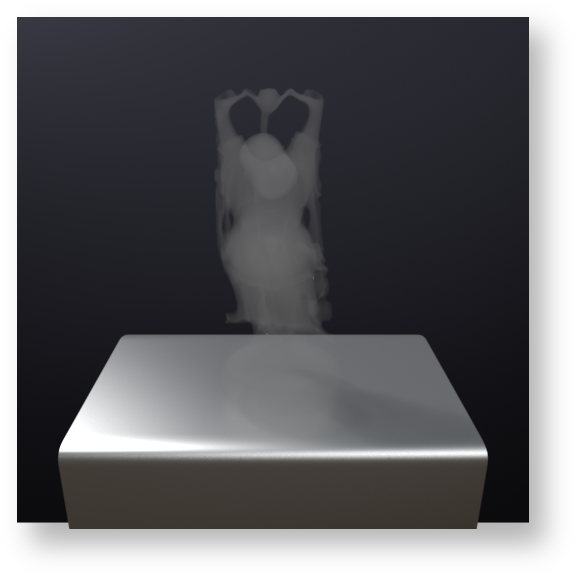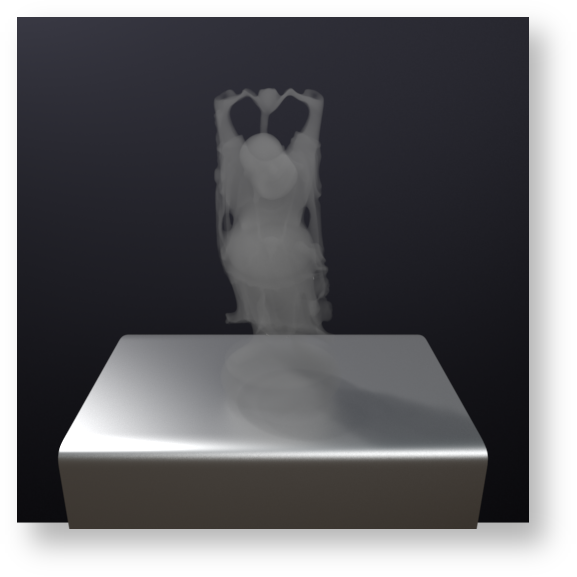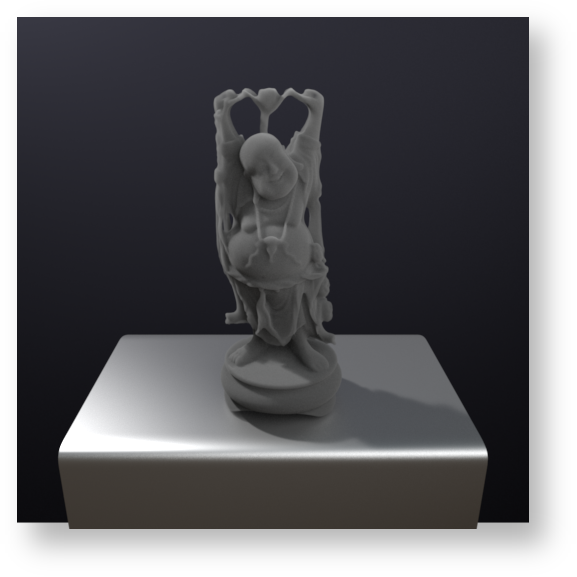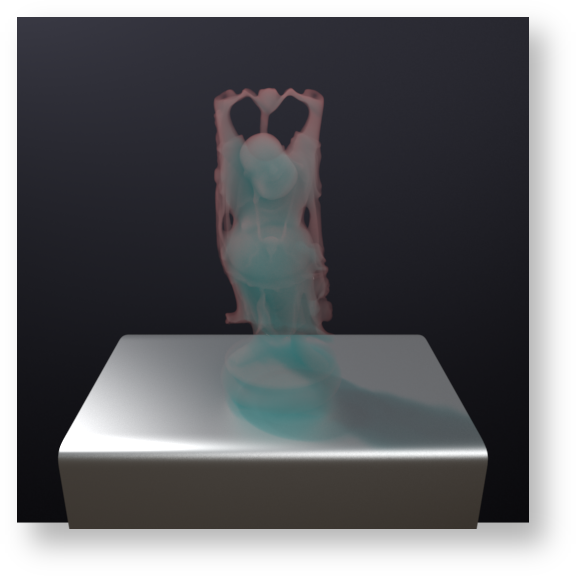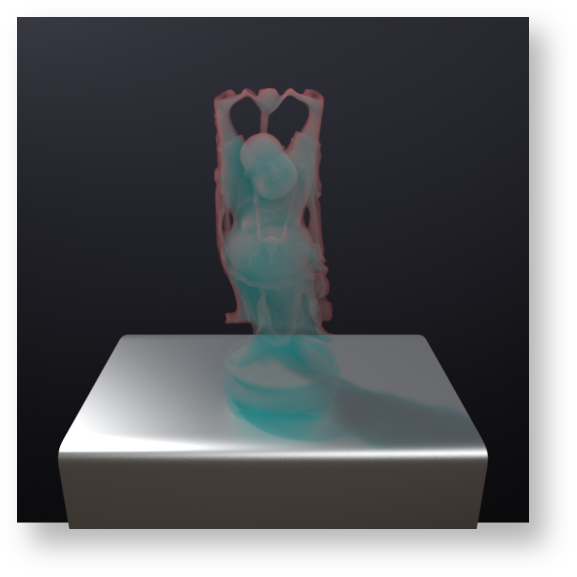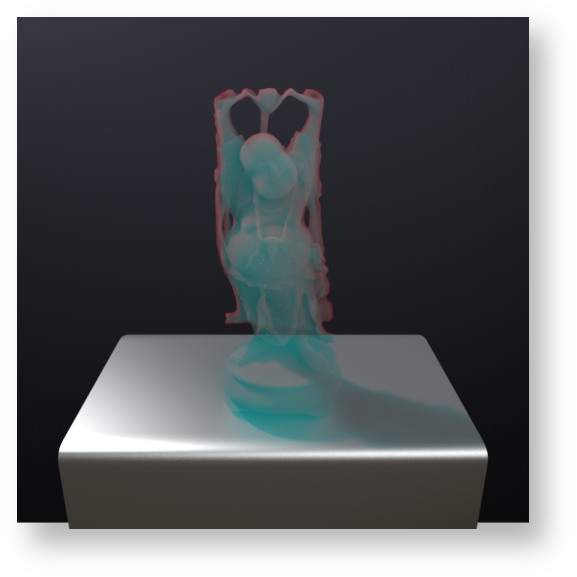...
| Expand | ||
|---|---|---|
| ||
Extinction Distance This is the distance (in scene units) at which a homogeneous volume becomes opaque. If this is non-zero, it overrides the density connections, maintaining a homogeneous volume. This is great for creating fog/mist that fills a scene. Density Float PrimVar A primvar from the geometry which overrides the density float of the volume, unset by default. Setting this overrides the densityFloat input, and is more efficient than simply using a PxrPrimVar pattern connection. For workflows that use a baked volumetric representation (such as an OpenVDB file) we highly recommend the use of this parameter setting over the use of an input connected to the Density Float parameter. Density Float The density of the volume directly controls how light is attenuated by the volume - i.e. it directly affects how the volume casts shadows. The density float parameter is overridden by the density color if density color is changed from its default value. Unless you require colored shadows, you should prefer to set this parameter rather than the density color parameter as the volume will render more efficiently. Making an input connection on this parameter will create a heterogeneous volume. The density is also known as the extinction coefficient (the sum of the absorption and scattering coefficients). Below, from left to right: density of 0.1, 0.25, and 2.0.
Density Color PrimVar A primvar from the geometry which overrides the density color of the volume, unset by default. Setting this overrides the densityColor input, and is more efficient than simply using a PxrPrimVar pattern connection. For workflows that use a baked volumetric representation (such as an OpenVDB file) we highly recommend the use of this parameter setting over the use of an input connected to the Density Color parameter. Density Color The density of the volume directly controls how light is attenuated by the volume - i.e. it directly affects how the volume casts shadows. The density color parameter overrides the density float if density color is changed from its default value. If you do not need colored shadows from the volume, then you should set the density float parameter and leave the density color parameter untouched; the volume will render more efficiently. Making an input connection on this parameter will create a heterogeneous volume. The density is also known as the extinction coefficient (the sum of the absorption and scattering coefficients). Below, from left to right: density color of (1.0, 0.25, 0.25), (2.0, 0.25, 0.25) and (5.0, 0.25, 0.25). Note that since the density of the volume is higher in the red channel, more red light is scattered away, leaving behind a cyan contribution.
Max Density The max density parameter is only used by heterogeneous volumes and controls the step size used to sample the volume. For correctly unbiased rendering, the max density must be higher than any density encountered inside the volume. A high value of max density may result in slower renders since more steps will be taken to sample the volume. Setting the max density too small will speed up your render, but will also lead to incorrect (biased) rendering as dense regions of the volume will be undersampled. Starting in version 20.7, for RiVolumes only, PxrVolume will also automatically compute the density bounds over the subsections of the volume, and use this information to vary the step size over the ray. This means that more steps will only be taken in denser parts of the volume. Therefore, for very heterogeneous volumes, setting a higher value for max density will no longer have a detrimental effect over the entire volume; in practice, it is often possible to simply set this to a very high value and not worry about this parameter any further. The default value of max density is 1.0. |
...
| Expand | ||
|---|---|---|
| ||
PxrVolume also writes to the U2 user lobe as "DiffuseAlbedo" |

